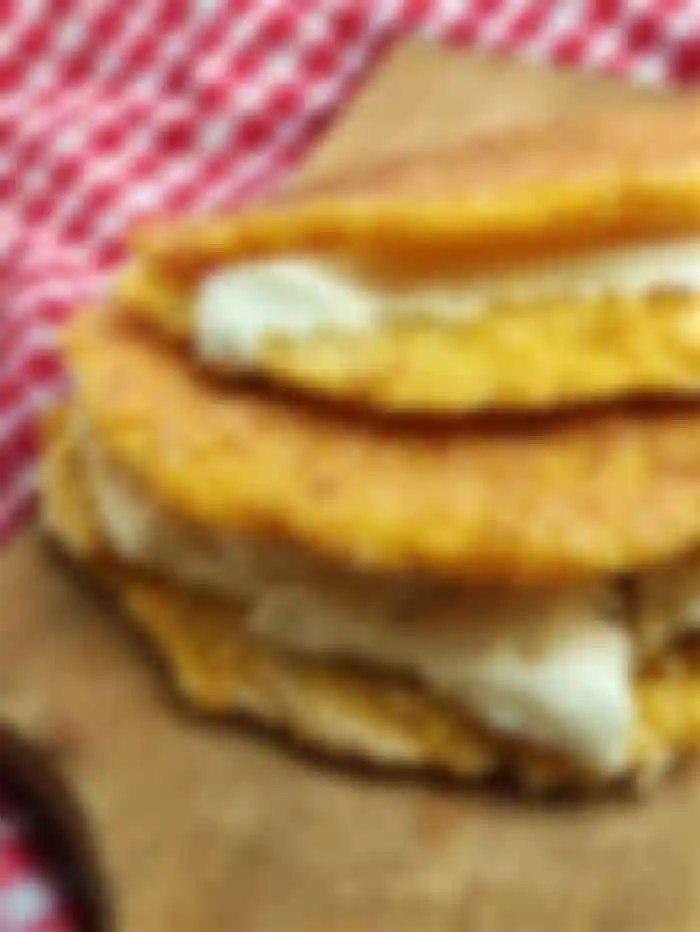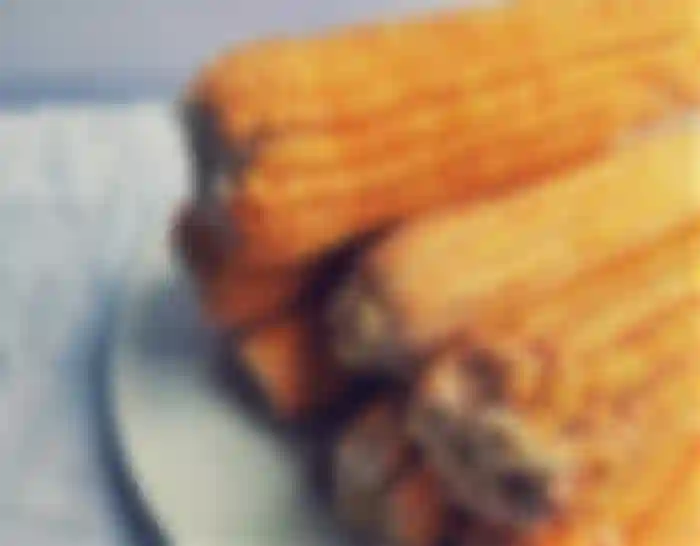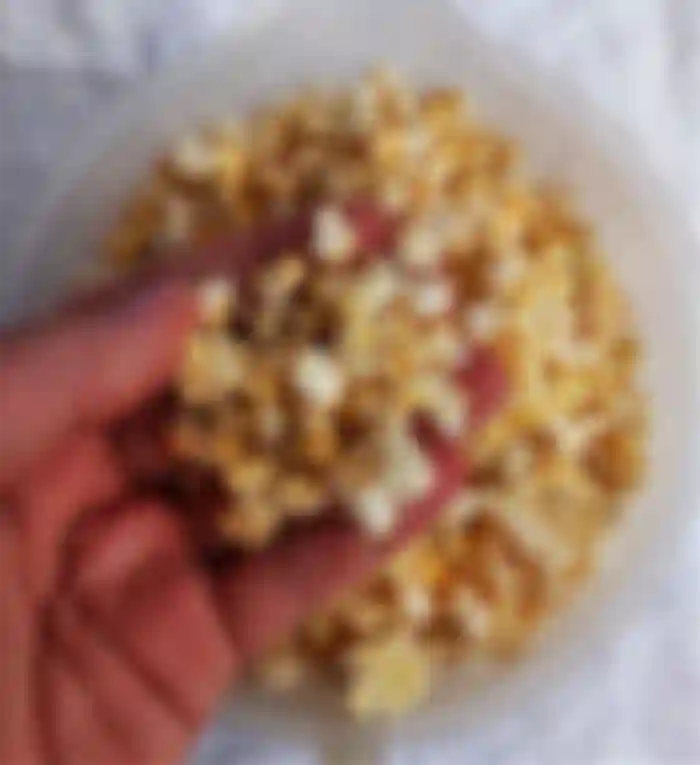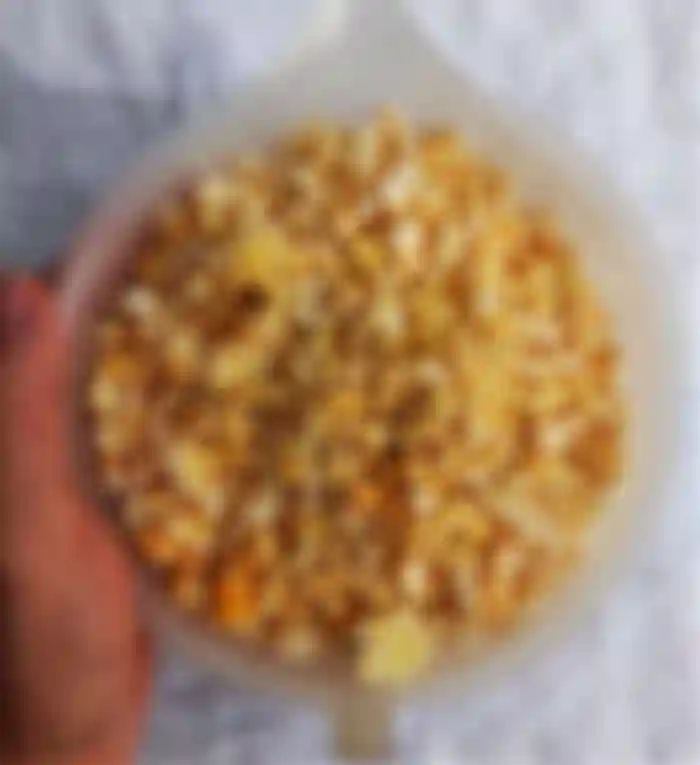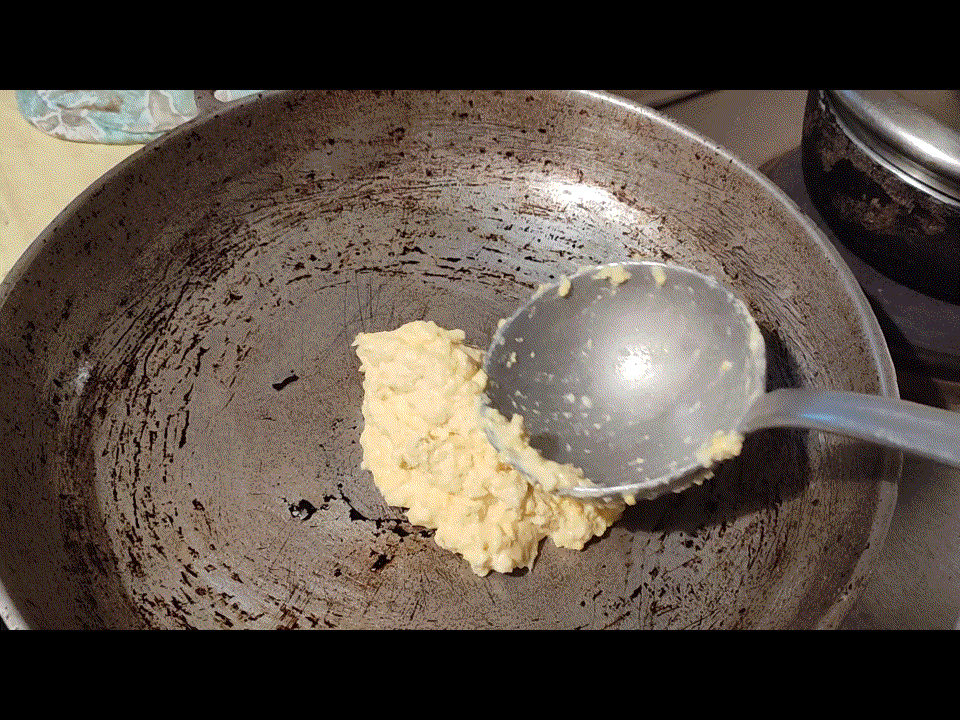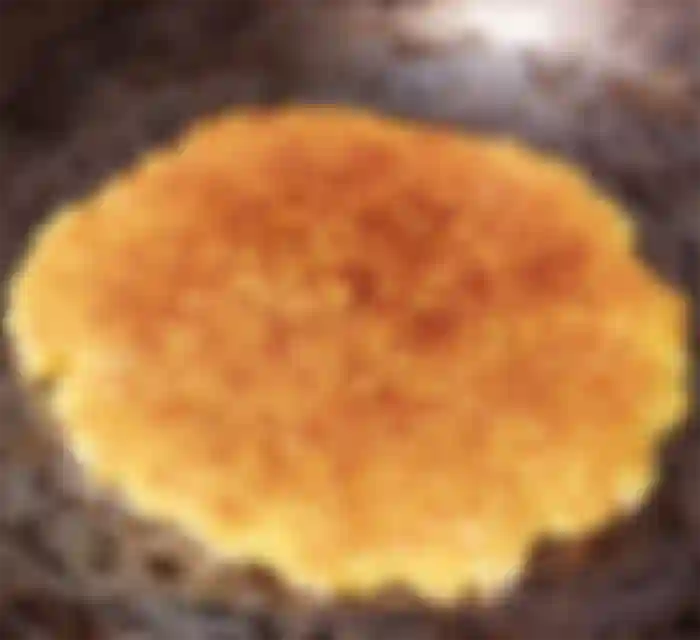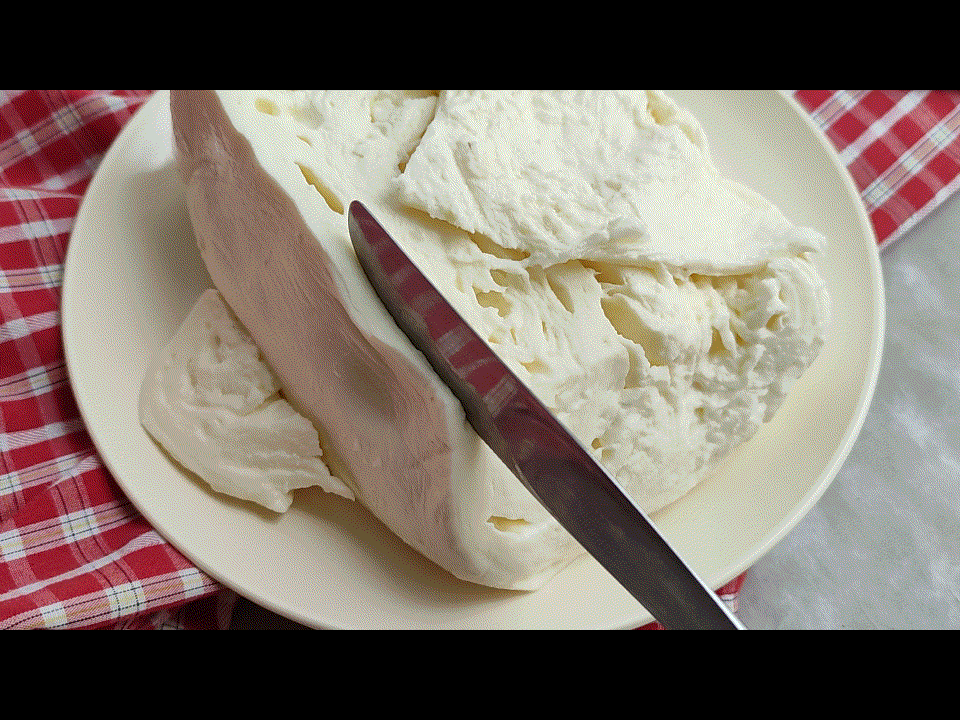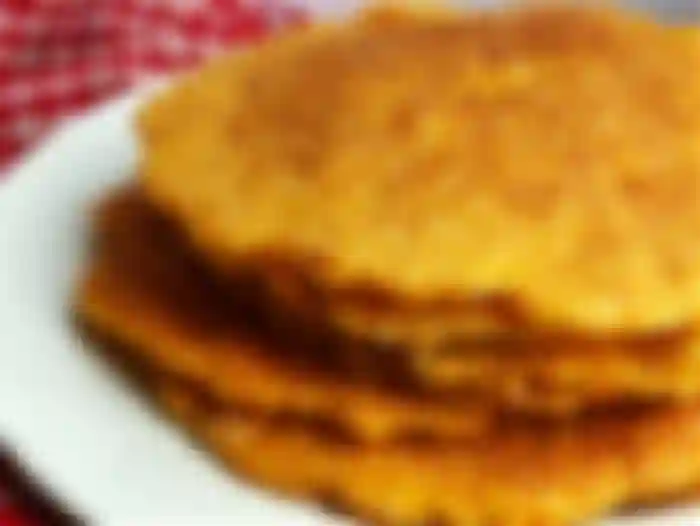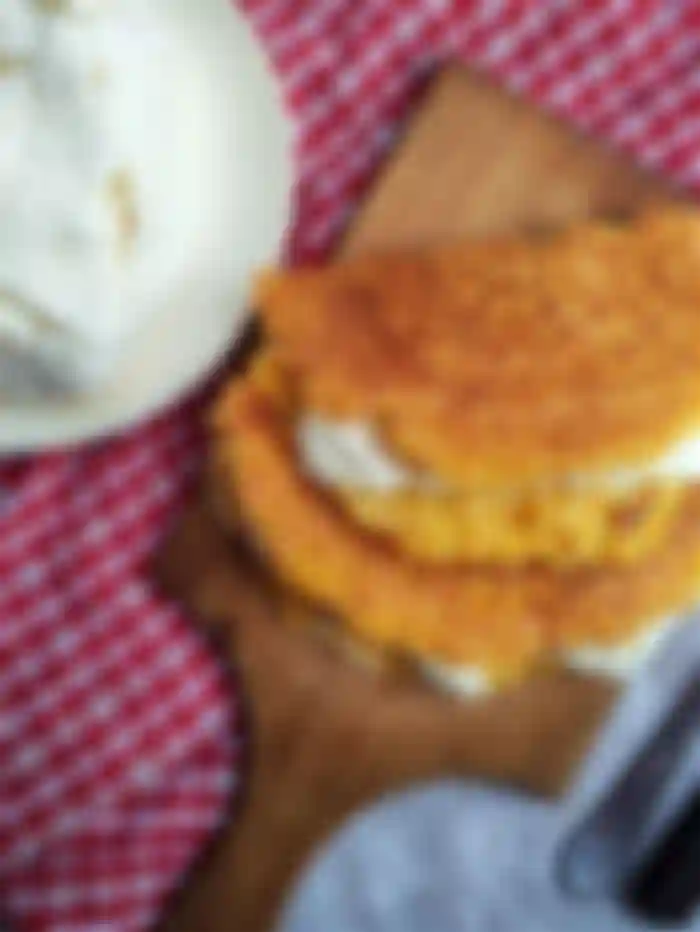Today I am extremely happy because it is finally the turn of one of my favorite communities to be featured in the Impulso Comunitario Contest of #OCD and as I am a faithful food lover I could not fail to participate and share with the whole community one of the most delicious dishes that has the Venezuelan gastronomy.
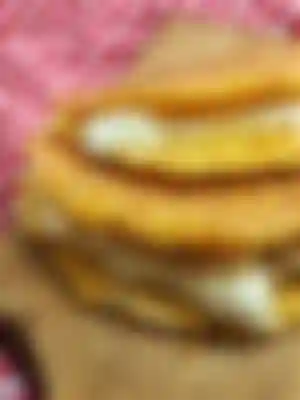
Before I begin, I must say that the gastronomy of my country is greatly characterized by being very colorful and attractive to the eye and it is considered one of the most varied in the world, a product of the great miscegenation that occurred in the colonial era. At that time, the indigenous gastronomy that populated the current Venezuelan territory began to fuse with European and African gastronomic traditions and it is then, from here, that Venezuelan cuisine evolved and developed a wide range of aromas, flavors and colors since with the arrival of new races and traditions also came new foods and "culinary techniques" that with the passing of time became characteristic and traditional in our territory.
On the other hand, it is very normal that every time we talk about a particular dish in our country, we associate it to a specific region of the country or to a festive time of the year and I dare say that is why many of us find it difficult to choose a single dish as our favorite among so many excellent dishes we have. Probably if you were to ask a Venezuelan abroad, what is the food he or she misses the most from Venezuela? With complete and absolute certainty he/she would answer: "la arepa", "las empanadas" or even "la hallaca". And yes, all these typical foods are a delight and I really love them, but in particular there is one dish that takes the first place in my heart and I will tell you what it is.

Imagine a sort of Pancake bigger than the traditional ones and made with very, very, very tender and ground corn, have you imagined it yet? Well, basically that is a CACHAPA. But hey, wait a minute! The cachapa doesn't come alone because we usually spread it with a little butter and fill it with some kind of fresh white cheese from our country like Queso Guayanés or Queso de Mano, because yes, here in my country we love cheeses and we have different kinds with very different textures and flavors. Cachapas are also usually filled with fried pork or any other type of meat, but I definitely prefer the traditional ones that are filled only with cheese.

Reasons why I love Cachapas I have plenty of them and one of them is that the combination of the sweet flavor with the salty flavor is something that simply is the glory for me. Besides the fact that this combination of flavors and textures is unparalleled, the flavor of the corn together with the creaminess and softness of the cheese simply leaves your mouth diluted in all this explosion of flavors. For me it is a complete delirium the simple fact of perceiving the smell of corn when the cachapas are cooked, then savoring that soft consistency and delighting with that golden color of the cooked dough is what I consider one of the greatest pleasures of human existence.
The original cachapas only contain corn kernels and sugar but there are some people who have adapted them and add eggs and even a little flour to the mixture to make it a little more "manageable". To be honest, I have only made them twice in my life, this would be the third time. I must admit that I still haven't managed to make them as delicious as the ones sold in the local food stores, but it is really worth it to prepare them at home.

INGREDIENTS

✔ 7 to 8 cobs, this approximately equals 4 cups of corn kernels.
✔ 1 cup of water or milk (I recommend using milk because it gives a better flavor to the preparation).
✔ Sweetener to taste (I myself do not use sugar, so I used 3 tablespoons stevia extract).
✔ 1 pinch of salt
✔ 4 tablespoons of precooked corn flour (in case the mixture turns out very liquid).
✔ 250 grams of Guayanés cheese for stuffing
PREPARATION
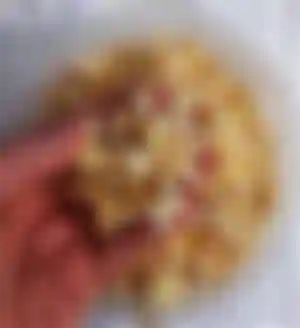
The first and really the most fastidious step is to husk the whole cob. Here we must be especially careful not to slice our fingers with the knife. Some people use canned corn to save themselves the work of shelling, but I prefer to use natural corn.
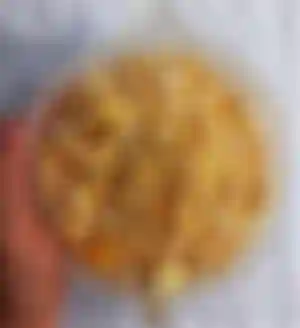
Then, we will place the corn in the blender together with the milk and start grinding. Then, we can add the sweetener and the pinch of salt. If the mixture is too liquid, a little flour can be added to thicken it. The consistency of this mixture should be thick and lumpy.
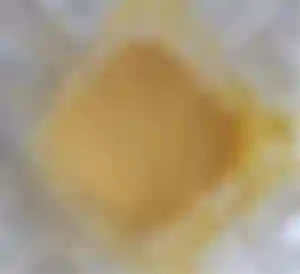
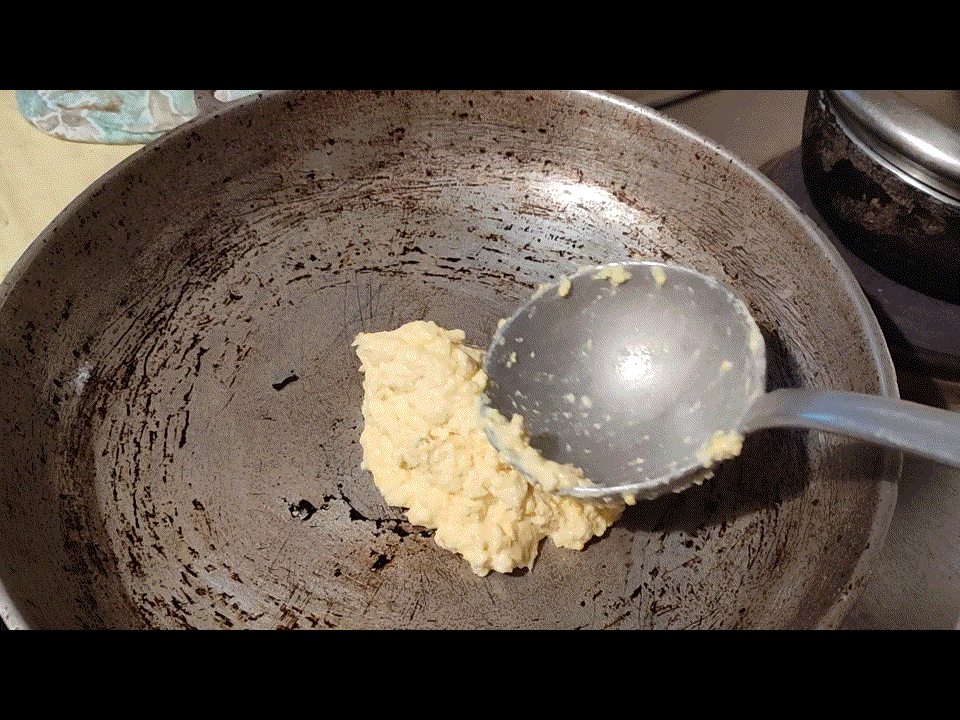
And then what remains is the easiest part. To cook the mixture, the frying pan or budare that we are going to use must be very hot and it is necessary to grease it with a little oil to prevent the mixture from sticking and then everything becomes a real mess. With the help of a ladle we will take a good portion of the mixture and we will spread it as much as we can, the idea is that the cachapa is not so thick, it should be 1 cm thick at the most.
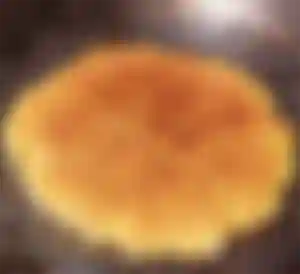
Let it cook for a few minutes and cover the pan to cook the cachapa faster, when the mixture begins to dry on the surface it is time to turn it over to cook on the other side. Here the real litmus test is to try to turn the cachapa over and not let it fall apart in the attempt. I always say that the first one is the test and then we will get the hang of flipping it.

Now, all we have to do is spread a little butter on our cachapa and fill it with a good piece of fresh cheese. And the only thing left to do is to enjoy this gastronomic delight.
RESULTS

And this was my golden and delicious end result. You really have no idea how delicious the aroma is while the cachapas are cooking. That aroma, along with the golden surface and the sweet-salty mixture are like a kind of gift from the angels.
With the quantities of ingredients mentioned in this publication, the mixture yields perfectly to prepare 8 to 9 cachapas, ideal for about four people.
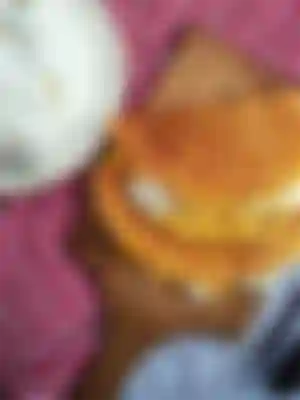
This may sound a bit cliché, but I have to thank #OCD for this initiative. It's nice to show a little bit of the traditions of my country, because as a good Venezuelan I love to let the world know the great things that my country has. I also find it amazing to learn about the traditions and cultures of other countries.
Thanks for reading this post. See you next time!
Photography by: @Temistocle, Xiaomi Poco X3.
| Edition by: @Temistocle, Pixlr Photo Editor & Canva
